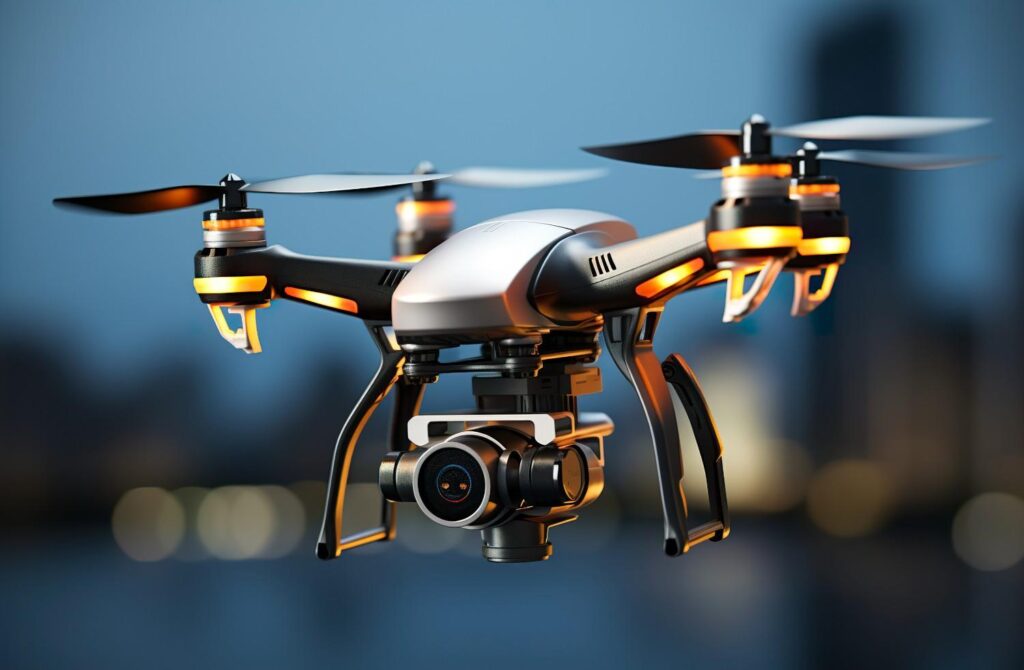
For centuries, understanding the lay of the land has been fundamental to human progress. From ancient land divisions to modern urban planning, accurate topographical data is crucial. Traditionally, this involved arduous ground surveys – a time-consuming, labor-intensive, and often geographically limited process. But what if we told you there’s a way to capture vast landscapes with incredible precision, from the sky? Enter the world of aerial topography surveys. In fact, the global drone surveying and mapping market, a key component of aerial topography, was valued at USD 2.62 billion in 2023 and is projected to grow to an astonishing USD 23.33 billion by 2033, demonstrating the immense shift towards these advanced methods .
These aren’t just pretty pictures from a drone; they are sophisticated operations that are truly revolutionizing how we map and understand our world.
What Exactly is an Aerial Topography Survey?
In essence, an aerial topography survey uses airborne platforms like drones equipped with advanced sensors to collect detailed data about the Earth’s surface. This data is then processed to create highly accurate 3D models, contour maps, and digital elevation models (DEMs).
Forget the old days of surveying chains and transit levels. Modern aerial surveys employ technologies such as:
- Lidar (Light Detection and Ranging): This powerful technology uses pulsed laser light to measure variable distances to the Earth. The result is a dense “point cloud” that accurately represents the terrain, even penetrating dense vegetation to map the bare earth beneath.
- Photogrammetry: This involves taking multiple overlapping aerial photographs from different angles. Sophisticated software then stitches these images together to create detailed 3D models and orthomosaic maps (geometrically corrected images that are true to scale).
- High-Resolution Cameras: Capturing incredibly detailed visual information that can be combined with other data sets for richer insights.
- GPS/GNSS: Providing precise georeferencing for all collected data, ensuring accuracy and integration with existing mapping systems.
Why Are Aerial Topography Surveys Game-Changers?
The benefits of utilizing aerial topography surveys are extensive and impact a wide range of industries:
- Speed and Efficiency: Covering vast areas in a fraction of the time compared to traditional methods. This significantly reduces project timelines and costs.
- Accuracy and Detail: Capturing highly precise and comprehensive data, leading to more reliable designs and decisions. Lidar, in particular, offers unparalleled accuracy in complex terrains.
- Safety: Eliminating the need for personnel to be on foot in potentially hazardous or inaccessible areas.
- Cost-Effectiveness: While initial equipment investment can be significant for service providers, the long-term cost savings due to efficiency and reduced labor often make it a more economical choice for large-scale projects.
- Data Richness: Providing a wealth of data that can be used for various analyses, including volumetric calculations, drainage patterns, slope analysis, and much more.
- Accessibility: Reaching areas that are difficult or impossible to access with ground-based equipment, such as dense forests, steep inclines, or remote construction sites.
Who Benefits from Aerial Topography Surveys?The applications are incredibly diverse:
- Construction and Infrastructure: Site planning, progress monitoring, earthwork volume calculations, road and pipeline design, bridge construction.
- Mining: Stockpile volume measurement, pit design, reclamation planning.
- Urban Planning and Development: City modeling, zoning, infrastructure planning, smart city initiatives.
- Environmental Monitoring: Landslide mapping, erosion assessment, habitat mapping, disaster response.
- Agriculture: Precision farming, crop health monitoring, irrigation planning.
- Forestry: Timber volume estimation, forest inventory, disease detection.
- Land Management: Property boundary disputes, land valuation, conservation efforts.
- Archaeology: Discovering hidden historical features and mapping ancient sites without disturbing the ground.
In rapidly expanding metropolises like Dubai, the demand for precise and efficient topographical data is paramount. The emirate’s economy continues to soar, this growth is mirrored in its booming real estate market, which saw AED 761 billion in transactions in 2024 across 226,000 transactions – a 36% year-on-year growth in volume . Such dynamic development necessitates advanced tools like aerial topography surveys to manage vast construction projects, plan new urban areas, and monitor infrastructure expansion with unparalleled accuracy and speed.
Looking to the Future
As technology continues to advance, so too will the capabilities of aerial topography surveys. We can expect even more sophisticated sensors, AI-powered data processing, and increasingly autonomous flight operations. The future of mapping is undoubtedly airborne, providing us with unprecedented views and understanding of our world.
If your project requires precise, efficient, and comprehensive topographical data, an aerial topography survey might just be the solution you’ve been looking for. It’s time to elevate your understanding of the terrain with experts like Northern Engineering Survey.
